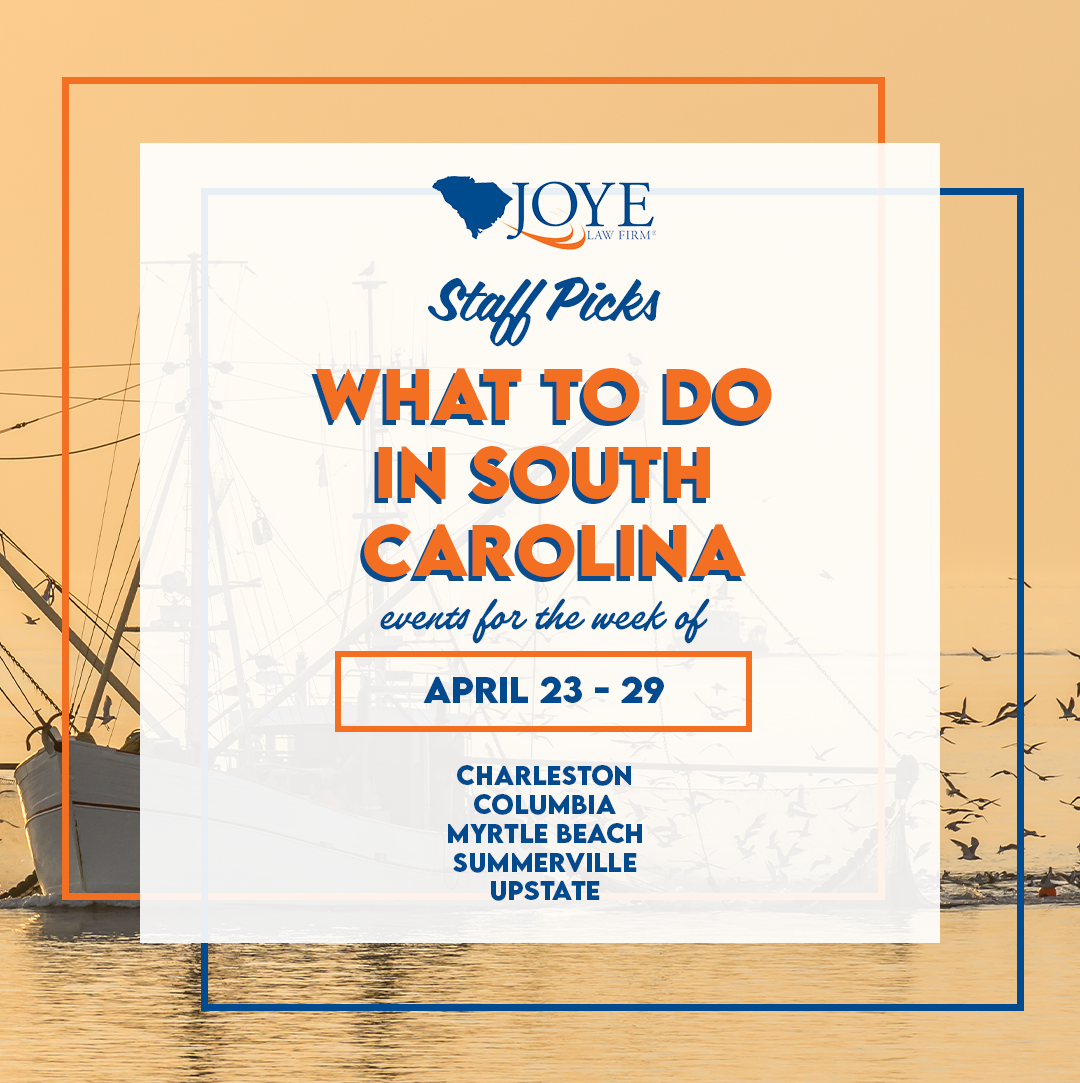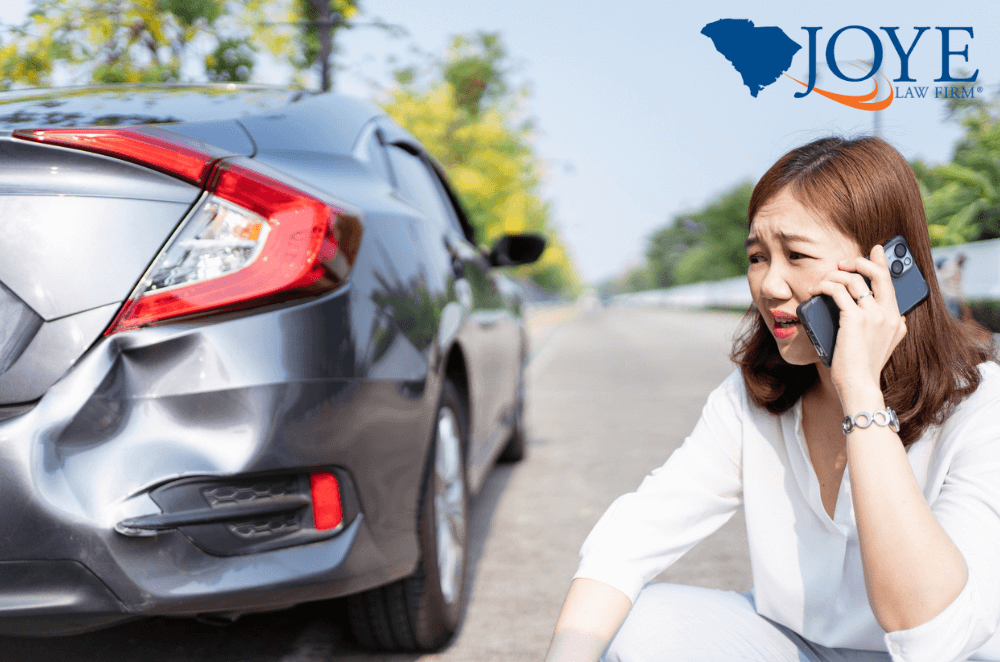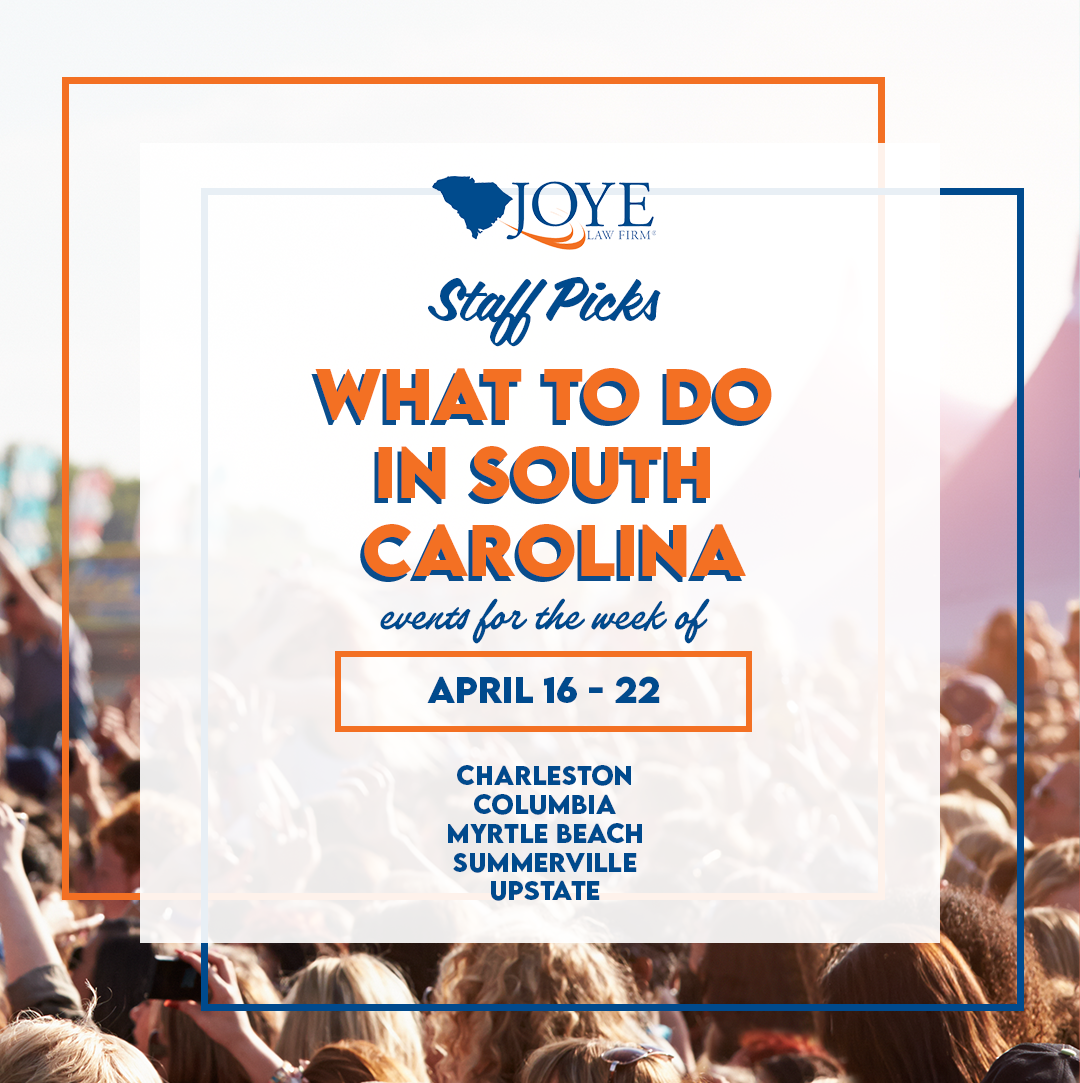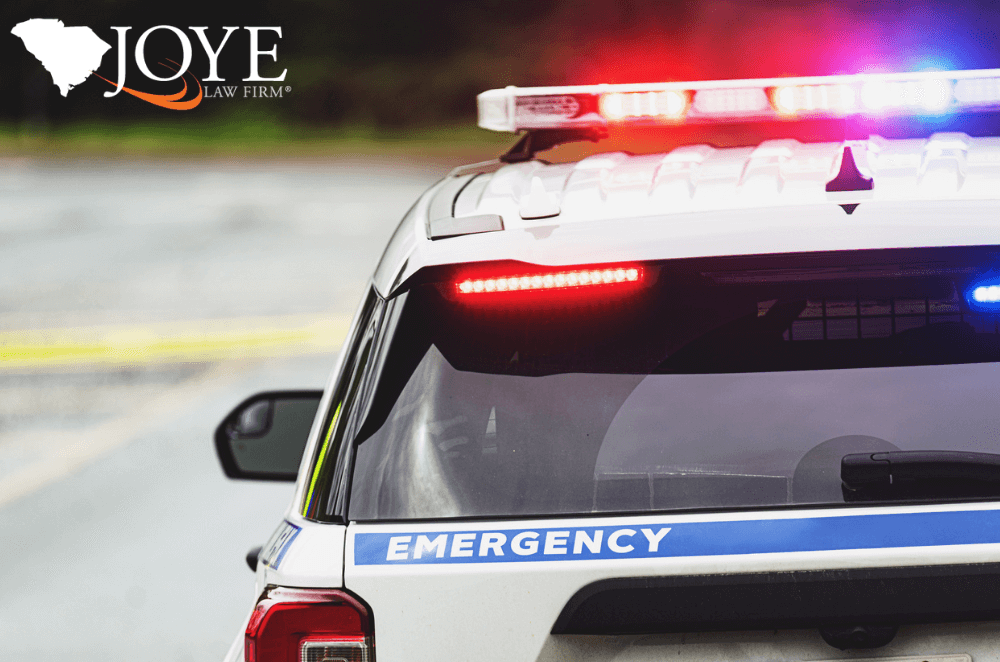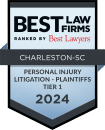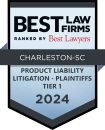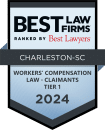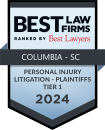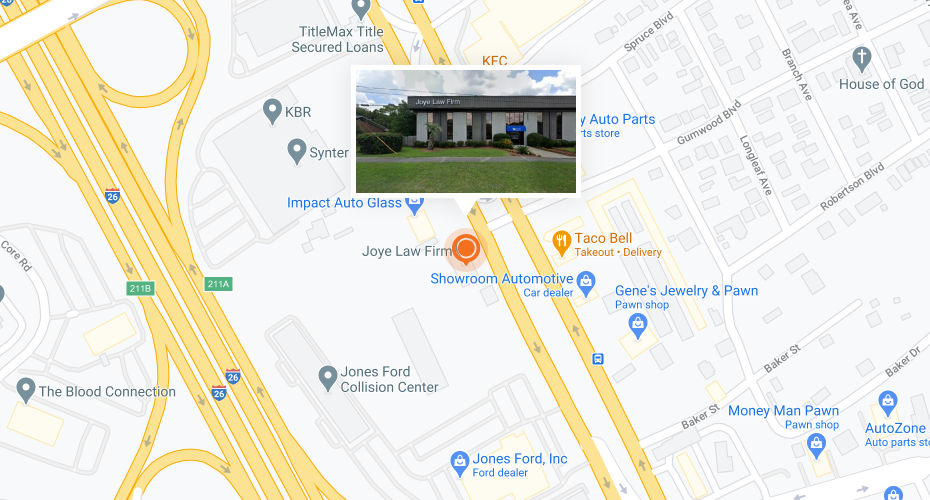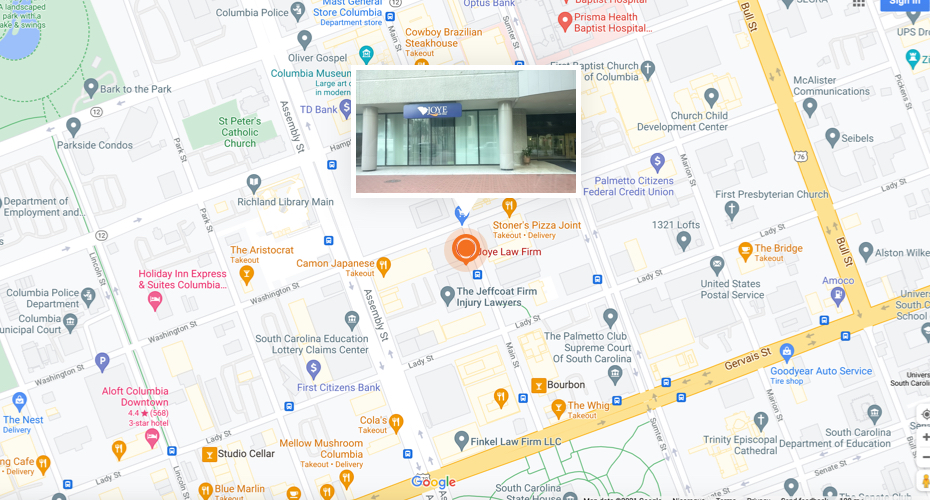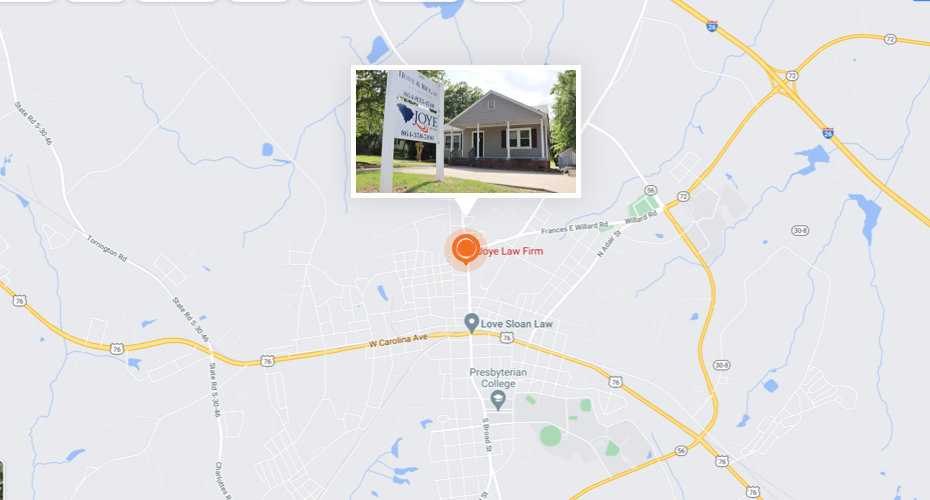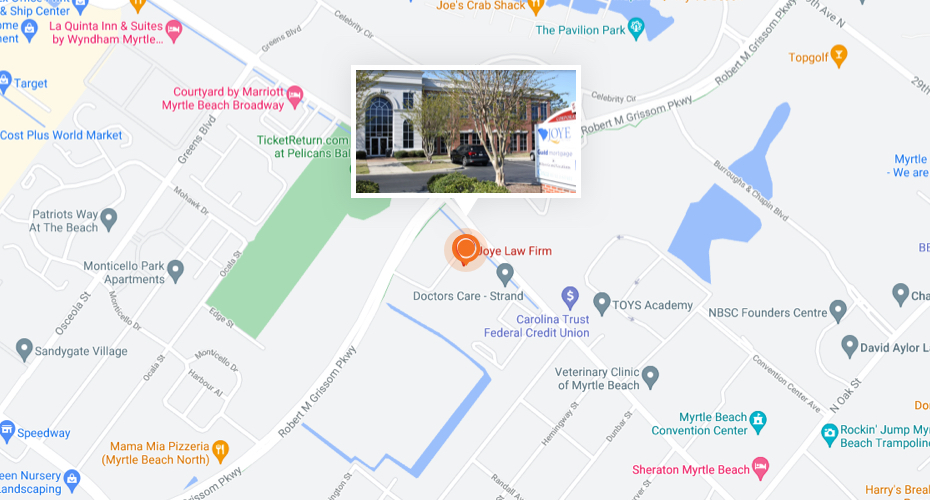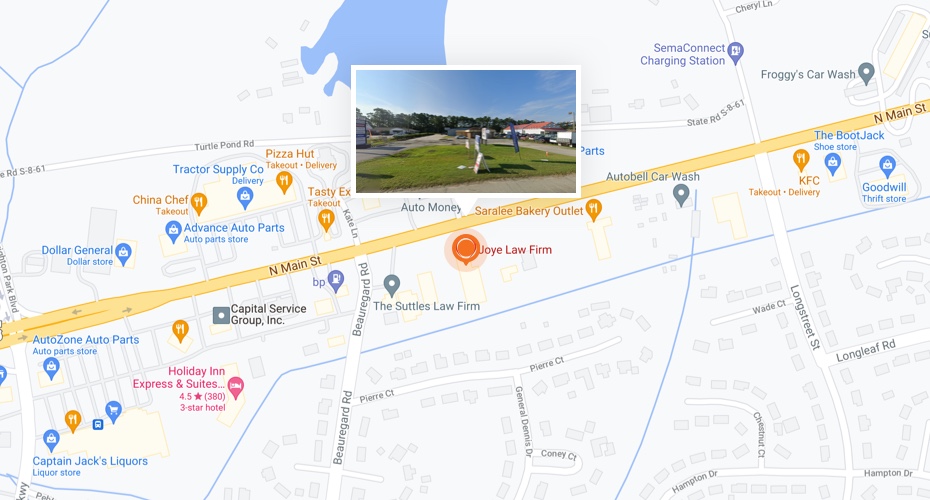
After a certain age, I decided to forego the pleasures of most amusement park rides, as the residual effects began to outweigh the fun and excitement of the rides. However, the other members of my family, as with many families, still enjoy the thrills of roller coasters, the MegaDrop and other stomach churning attractions. Annually, about 4,400 injuries are reported as a result of accidents on amusement park rides, mostly to younger children. Fortunately, the majority are not severe injuries, although serious injuries and even deaths do occur. Although roller coasters and thrill rides appear dangerous, from 1990 to 2010, the majority of reported injuries treated in hospitals have historically occurred on carousels or merry-go-rounds (21%), as opposed to roller coasters (10%) or bumper cars (4%).
Who is responsible for making sure that the tilt-a-whirl in the shopping center parking lot is properly erected, maintained and safe for use? Generally, the U. S. Consumer Products Safety Commission has jurisdiction over “non fixed” traveling amusement rides, the ones traveling from place to place, while the individual states have jurisdiction over “fixed site” rides. This leads to overlapping, or in some cases, lack of oversight.
In South Carolina, inspection and regulation of amusement park rides is governed under Title 41, Chapter 18, South Carolina Amusement Rides Safety Code. The purpose of the Code is to “guard against personal injuries in the assembly, disassembly, and use of amusement devices at carnivals, fairs, and amusement parks to persons employed or attending [them]…and, in the event of personal injury, to ensure to the injured party the possibility of financial recovery as against the owner of the carnival, fair, or amusement park where the injury occurred. It is the intent of the this Chapter that amusement devices must be designed, constructed, assembled or disassembled, maintained, and operated so as to prevent injuries. “41-18-20. What are the stringent regulations to enforce this intent?
For fixed rides, the only requirement is that the ride be inspected at least once a year. For “temporary” (non-fixed or traveling) rides, the ride must be inspected before its first use in the state and only annually thereafter. However, each sponsor or owner of the premises where the ride is located is required to make a “visual inspection” of each ride weekly. In the event that these rigorous requirements are not sufficient to prevent injury, the owner or lessee of the device must obtain and present proof of insurance of not less than $500,000 for each injury. Hopefully, the carny performing his or her inspection duties has at least 20/20 eyesight.
Certain types of rides (as diverse as, for example, “Catapulting amusement rides” and “miniature trains”, which are at opposite ends of the potential injury spectrum) have additional requirements under the Code. The Code does not apply to “single passenger, coin operated rides” (such as the rocking horse rides at malls) or to “air supported structures” (jump castles and the like).
Carnival rides are an integral part of many families’ summer time activities, whether in Myrtle Beach or other parts of South Carolina, or at destinations such as Six Flags or Orlando. Obeying the rules of each ride (“keep hands and feet inside the ride”, etc.) will minimize the chance of injury, especially serious injury. However, as with any activity, especially those involving heights and speed, there is always a chance of injury. If you or a family member is injured, please contact the Joye Law Firm for a free consultation. We are available to answer your calls, or complete a case summary form on our website, 24/7. We hope everyone has a happy and safe summer!




